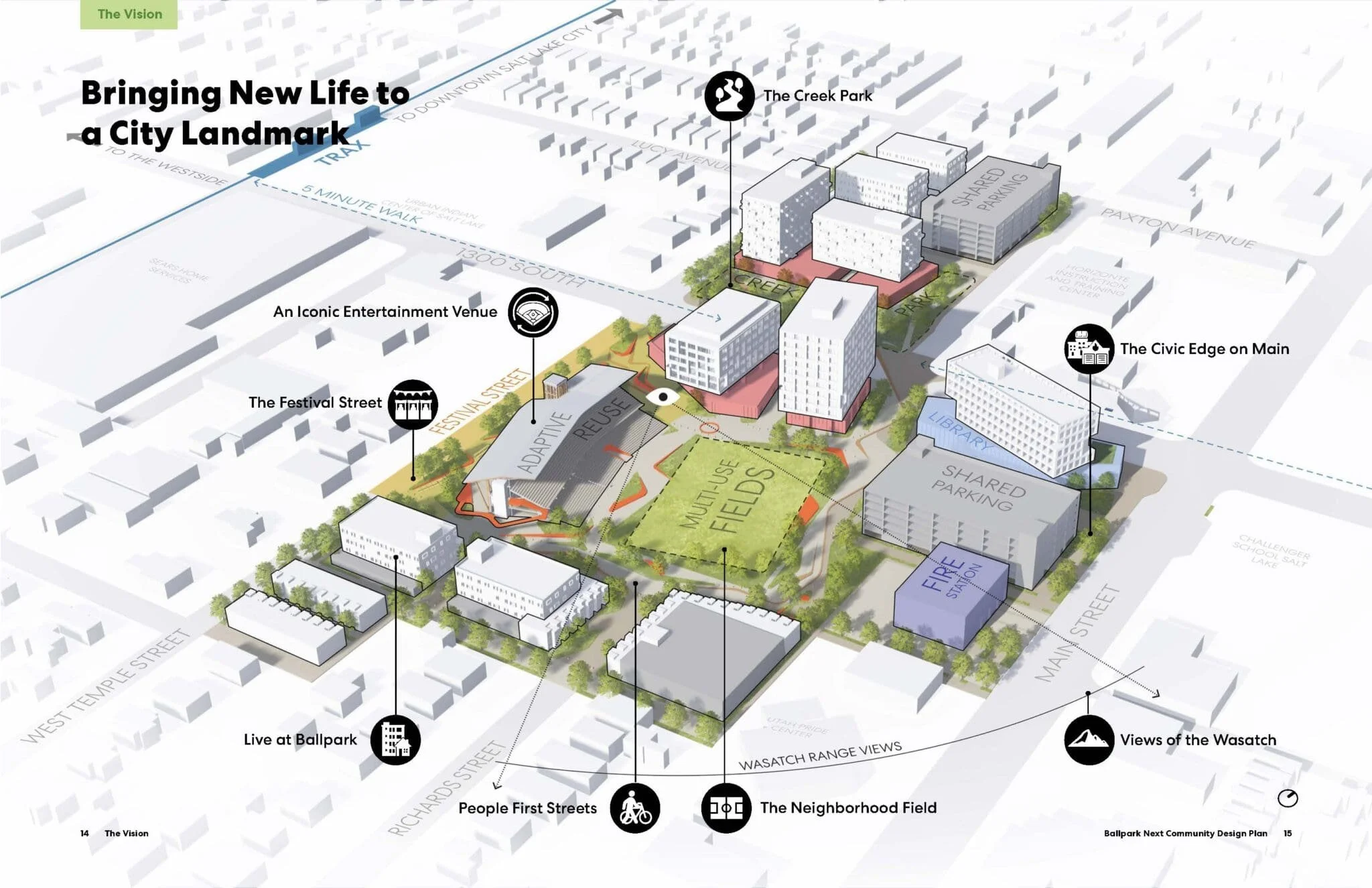City Creek Should Be Preserved
Authored by Deseret News
Source: Deseret News
A 1920s editorial lamenting the future loss of City Creek as it flows through downtown. Instead of burying the creek, the author suggests creating a parkway for recreation and relaxation—an asset any city “would gladly pay a million dollars.”
To cover City creek from Main to Third West streets and make of North Temple just an ordinary down-town thoroughfare, would be a desecration. Moreover, it would be to lose an unusual opportunity, and the action would be regretted for many years to come. In that open stream, with all its historic significance, in addition to its possibilities for beauty and attractiveness, the city has an asset of great value. To hide completely the flowing water within a conduit and to make of the street a stretch of ordinary pavement would be to throw away opportunity for which many cities would gladly pay a million dollars. As this city grows and the congestion of the business district increases realization will come more and more of the value, not alone for beauty that appeals to the eye, of that open stream.
Why not make of City creek and its banks a parkway? Traffic on North Temple is not so heavy that the whole width of the street is needed for that. Why not convert the space south of the creek into a park, leaving the north side wide open for travel? Along the banks of the stream a fence should be constructed, as a protection for the children. At each intersection a hedge could be grown at the edge of the lawn, and thus keep traffic along the intersecting streets from turning into the parkway. Trees could be planted, and shrubbery that, with the lawn grass, would make of the park a vista of beauty and delight for the full half mile of its extent. It would be one of the beauty spots of the city, and being so near the heart of the business district its values would be greatly accentuated.
It should be, of course, a public park to which thousands, young and old, could come for recreation and refreshening when the toilsome work of the day was ended. Laughing children could romp and play on the grass, and older folk, as they listened to the song of the stream, could reflect on the historic days when their forebears first came into this valley and pitched their camp by the side of City creek. To tourists it would be not only a stretch of parkway, adding beauty and health to the city, but it could be made a shrine—a monument to the memory of the days of ‘47, as well as a breathing place and a touch of the great outdoors, instead of just a hard, hot thoroughfare.




